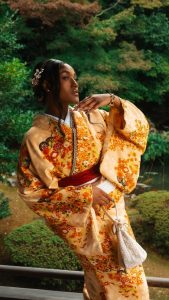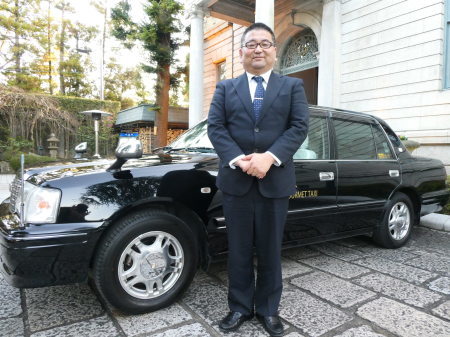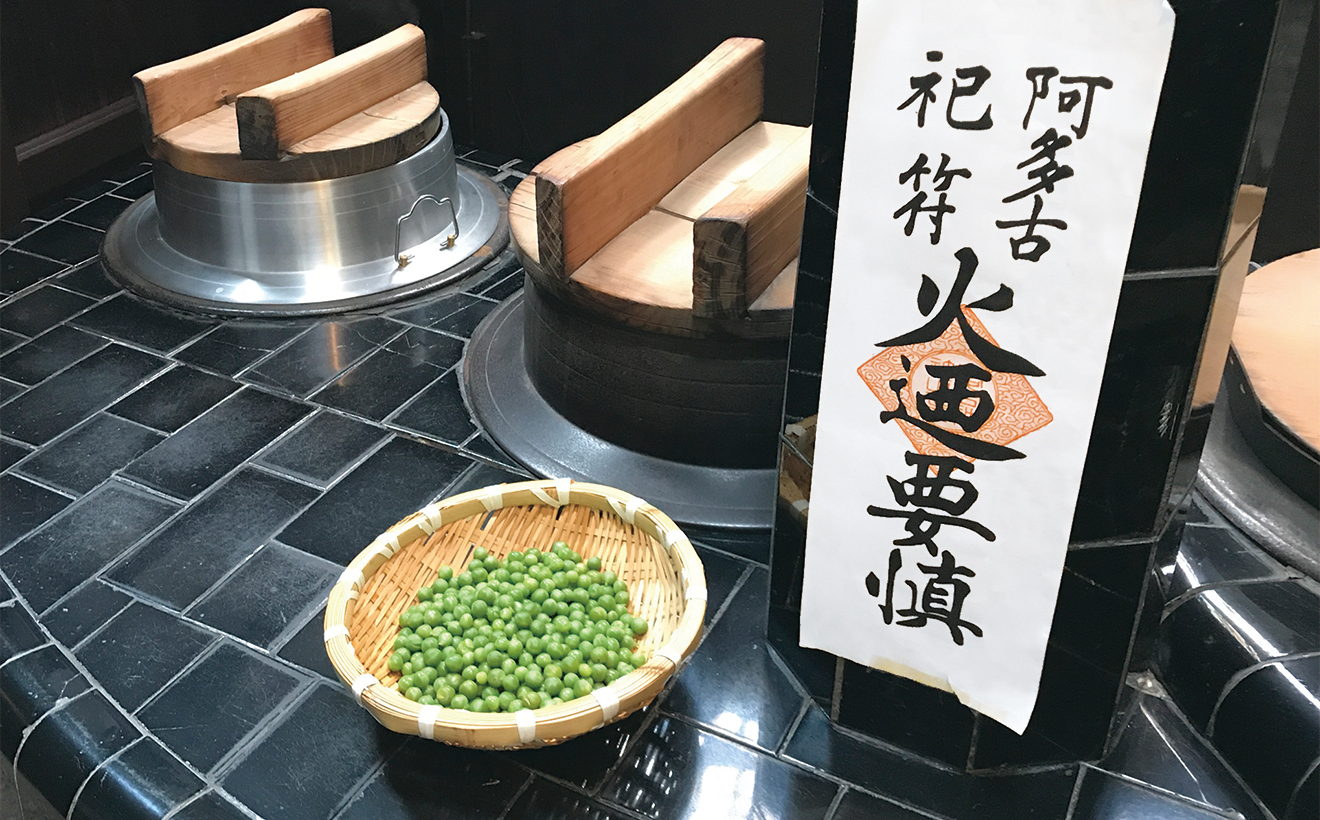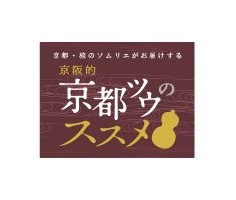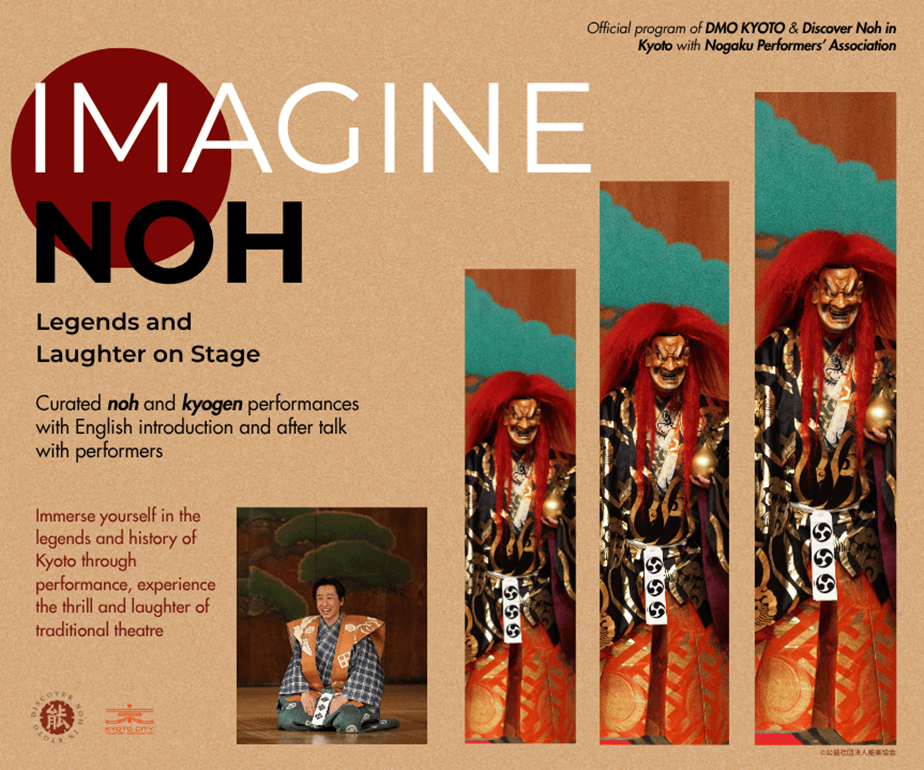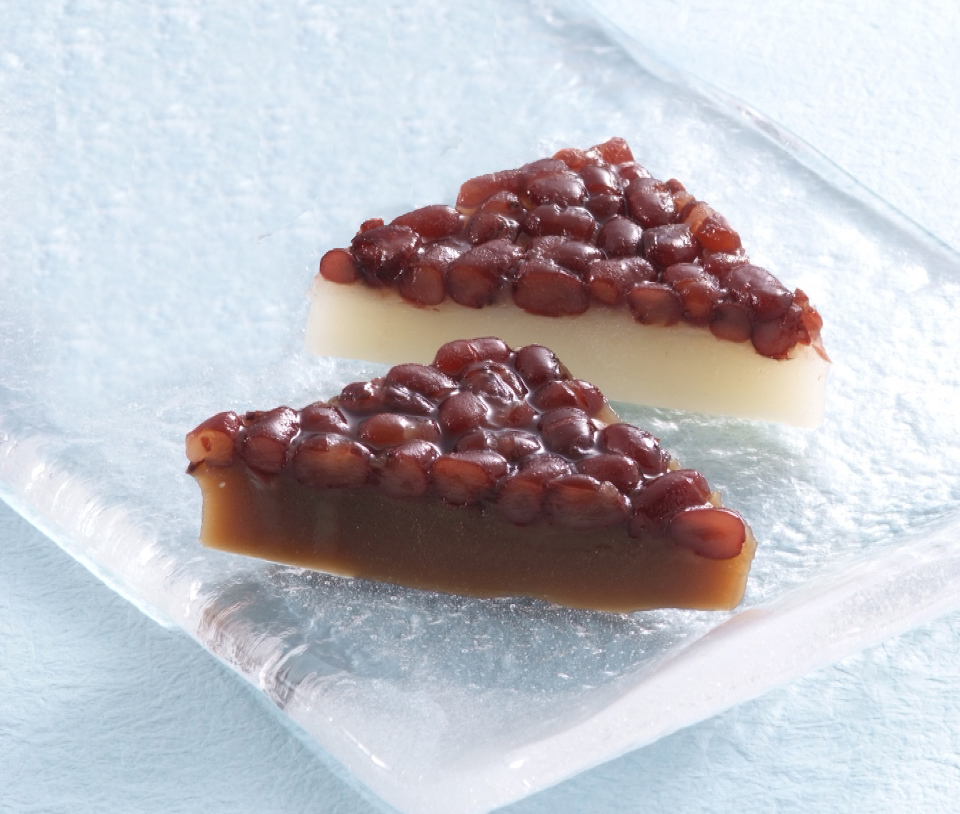
Many food-related customs are strongly ingrained in Kyoto. Among them, minazuki – a sweet made from triangular uiro (steamed cake made of glutinous rice flour and sugar) with azuki beans sprinkled on top is particularly well-known. For many years it has been eaten on the 30th of June as a form of good luck charm against bad luck. The word uiro itself originates from a type of medicine used in Japan in the past.
Minazuki can be found everywhere in June, from the top confectionery shops shops selling sweets for tea ceremony, to the everyday confectionery shops called omanyahan and the sweets corners in supermarkets. It is an indispensable staple for this time of the year, much like chocolates are for Valentine’s Day and Christmas cake is for Christmas in Japan.
But how come this specific sweet gained so much popularity with the Kyoto people?
We visit the Kyoto confectioner – Tawaraya Yoshitomi, known for its famous sweets called unryu – a Japanese sweet made from large azuki beans and handrolled into a cake made from bean paste, sugar and flour so as to depict the image of a dragon. Founded in 1755, Tawaraya Yoshitomi is one of Kyoto’s representative long-established confectioners, having served the court nobles, the Sansenke tea ceremony family and numerous temples and shrines over its long history.

People's prayer contained within the sweets
We interviewed Mr. Yoshikiyo Ishihara, the ninth generation head of the family and president of the company. The custom of eating minazuki to ward off bad luck tends to be regarded as simple superstition by people in the modern times. “However, in the days when medicine was less developed it must have been taken quite seriously, and eaten as a form of remedy” says Ishihara.

How come minazuki is eaten in June specifically? It is said that this tradition comes from court customs. In the time without refrigeration, buildings called ice houses were built in mountainous areas to store naturally frozen ice in winter until summer.
Naturally, only people of high status could enjoy the priviledge of eating the precious ice. On June 1st, court nobles would participate in a ceremony called Himuro no Sechie, where they would eat the ice from the ice houses in order to rid themselves of the heat. The common people who did not have access to such luxuries, made minazuki in imitation.
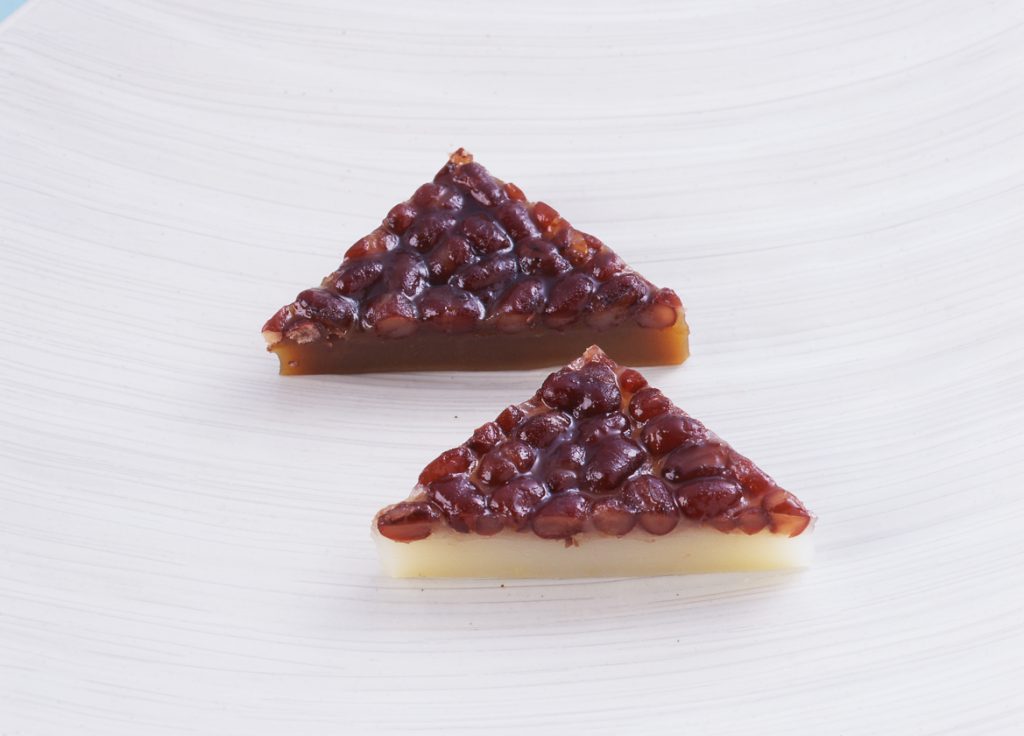
At the end of June, exactly halfway through the year, the Nagoshi no Harae – a Shinto ritual meant to purge the impurities of the past six months is performed throughout the country.
There are various theories about the origin of minazuki, but it is commonly thought that the custom originated from the combination of Nagoshi no Harae purification ritual and the Himuro no Sechie court ritual.
In the days without the modern convenience of air conditioning or refridgeration, hot summers were a time when epidemic outbreaks were common and human life was often at risk. Without technological solutions and modern medicine, praying to the gods for blessing in the form of eating sweets was a much more earnest way of tackling such issues than we might think today.
Another theory about the origins of minazuki‘s place in Kyoto’s culture as good luck charm is that in the well-known custom of Setsubun – a New Year’s tradition of exorcising demons with beans, originally used azuki beans for the ritual. The red color that’s characteristic to them was thought to ward off evil spirits. Due to the high prices of azuki beans however, they have been substituted with soy beans around the Muromachi period (1336-1573). Soy beans are still used in the Setsubun ritual today.
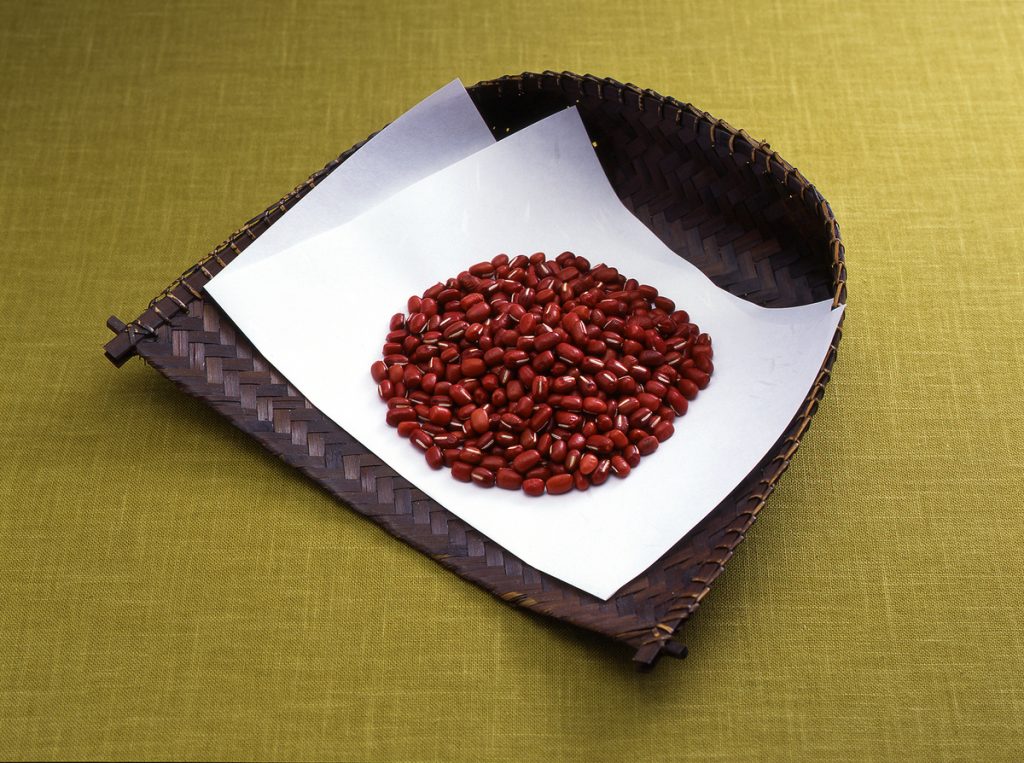
With its origins in the Himuro no Sechie ice ceremony, as well as its connection to old medicine, eating minazuki is symbolic on many layers.
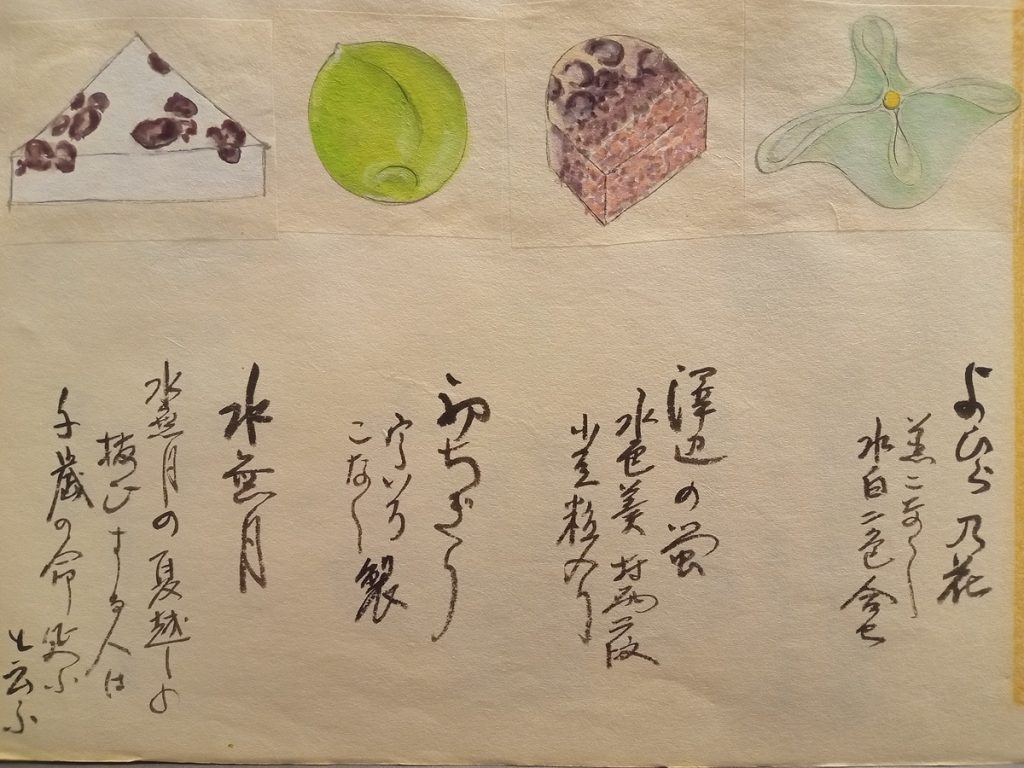
The above illustration was made by Tomejiro, the seventh generation head of the family and Ishihara’s grandfather. Confectionery merchants used to make a book of drawings of the sweets they were offering in order to use as samples for their customers.
The Kyoto Confectionery Museum, established by Tawaraya Yoshitomi in 1978 showcases various such materials, including a book of sweets drawings from the Edo period (1603-1868). The above picture was compiled in 1970 in the “Tawaraya Selected Confectionery Collection” based on the copy of this book. The picture presents a number of comments from Ishihara’s grandfather. The drawing to the very left shows how he used to make minazuki with a comment saying “the azuki beans can make beautiful scenery”. This shows a different sense of aesthetics, in which the azuki beans were not simply a thick layer to be enjoyed with just taste. They were supposed to please the eye as well, and depending on their placement bring up the image of scenery to mind. Tastes have changed over time, and as such Tomejiro has adapted and began to make minazuki with the uniform layer of azuki beans we know today.
In addition, since Mr. Ishihara took over the business, the minazuki became slightly smaller in order to make them more comfortable to eat.
In the world of the tea ceremony in particular, minazuki is a dessert commonly served in the month of June. However during the ceremony, the star of the show is supposed to be the tea, not the sweets. Thus, the minazuki was slightly altered in order to fit its supporting role better.
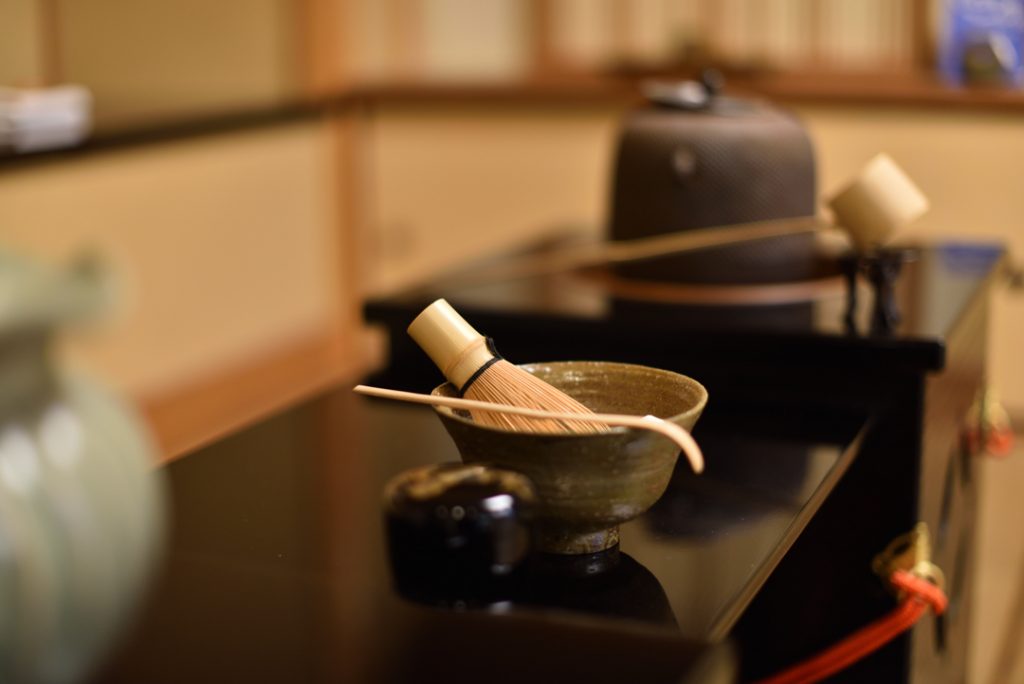
Mr. Ishihara says that although he now focuses on running the business, when he was young, he worked hard at the factory to hone his confectionery-making skills. “When the weather started to get hotter, it signaled to us the approaching season for minazuki. We put a lot of effort into making it for this special occasion” he recalls. Minazuki is one of the sweets that hold special meaning to the people of Kyoto and those who make it.
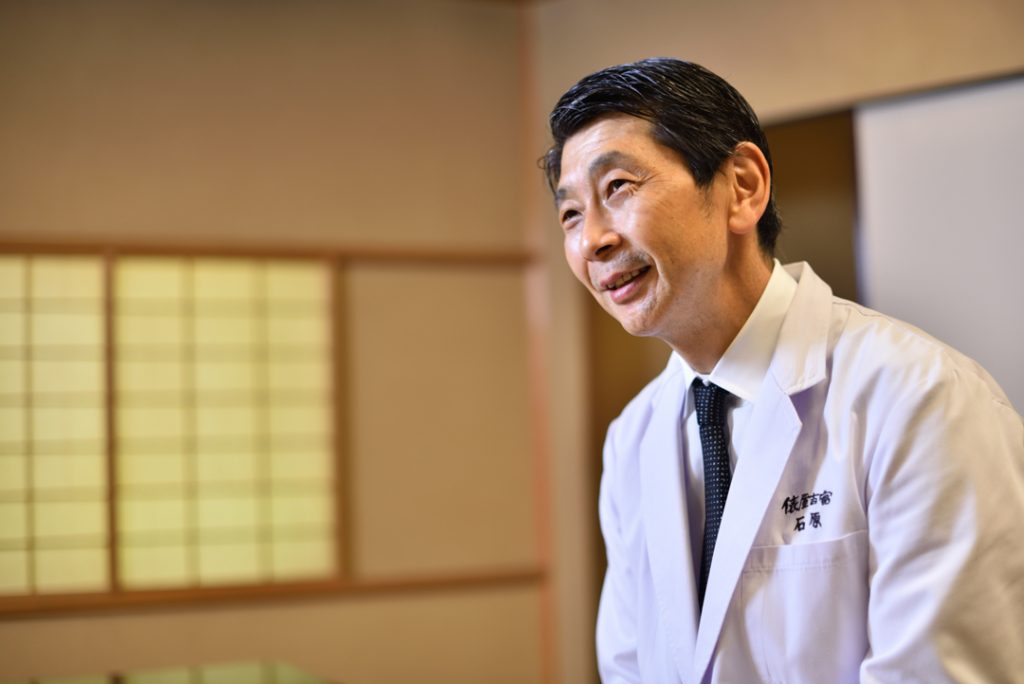
Tawaraya Yoshitomi starts accepting reservations for minazuki from the beginning of May and sells them throughout of June. Minazuki is served in the tea room on the ground floor of the Kyoto Confectionary Museum, north of the Karasuma branch, at the end of June (700 yen with entrance fee and green tea (100 yen discount for groups)).
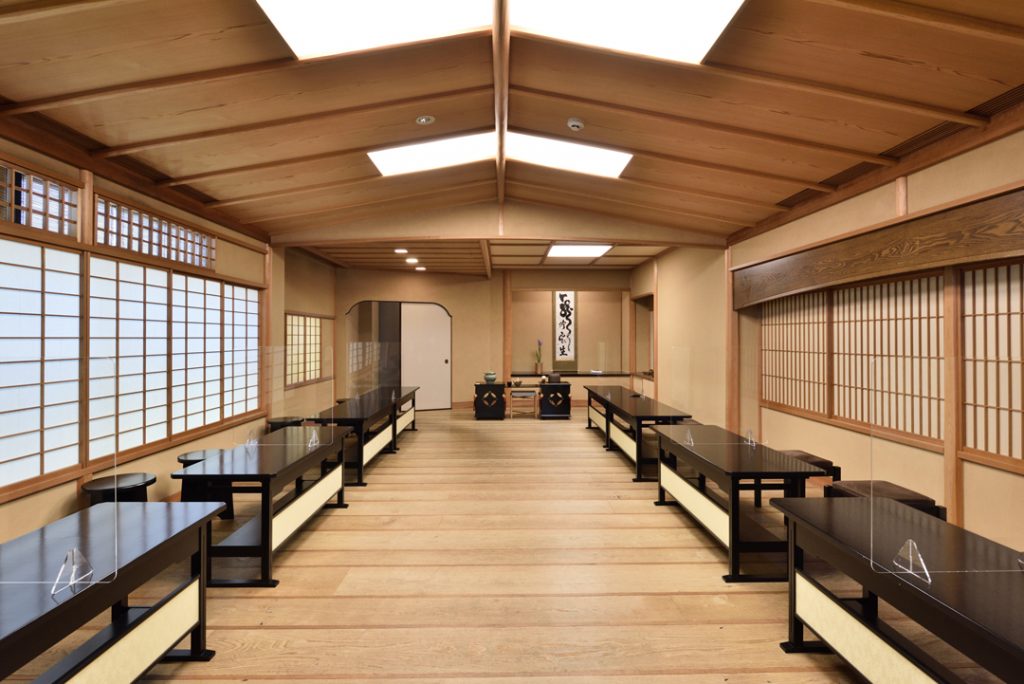
The Kyoto Confectionery Museum, introduces not only the shop’s traditional tools and techniques, but also collected materials on all aspects of Japanese confectioneries with the help of experts from various fields. As such, it allows its visitors to learn about the history and depth of Japanese sweets-making culture.
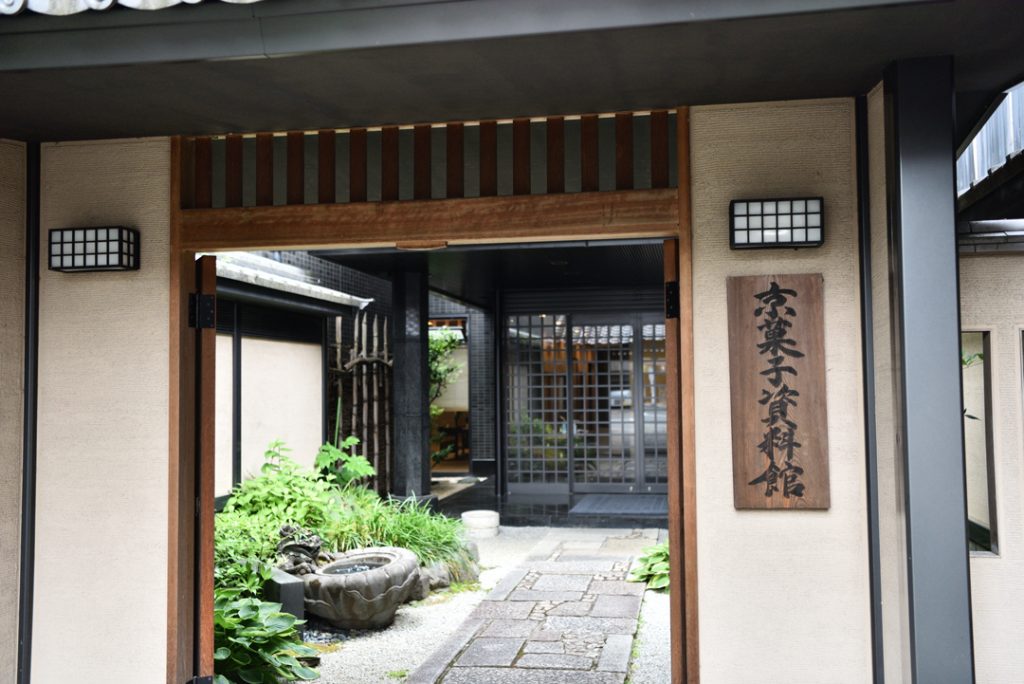
There are materials showing the evolution of Japanese confectionery, as well as reproductions of confectioneries from different periods in the exhibition room. Visitors can also try their hand at making Kyoto sweets by making a reservation for a group of 15 or more people.

We hope you can enjoy experiencing the history and charm of Kyoto confectioneries in addition to tasting the traditional minazuki.
Tawaraya Yoshitomi Karasuma Branch
Access: 3 minute walk from Imadegawa Station on the Subway Karasuma Line
Official website (available in Japanese only): https://kyogashi.co.jp/
Kyoto Confectionary Museum
Address: On the north side of Tawaraya Yoshitomi Karasuma Branch
Official website (available in Japanese only): https://kyogashi.co.jp/shiryoukan/
The interviewee: Yoshikiyo Ishikawa
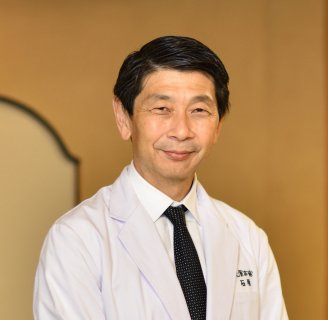
Representative Director and President of Tawaraya Yoshitomi Co., Ltd. Born into a long-established Kyoto confectionery store with over 260 years of history, he joined the company after graduating from Doshisha University in 1987. He has held his current position as the ninth head of the family since 2004. He has held a number of public positions, including: Chairman of the Board of Directors of the Guildhouse Kyoto Confectionery Foundation, a permanent member of the Kyoto Chamber of Commerce and Industry, Chairman of the Foods and Specialty Products Division of the Chamber, and Chairman of the Kyoto Confectionery Cooperative Association.
Related articles

